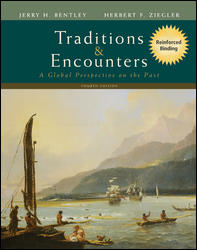1 Map A. Imperialism in Africa Why was the continent of Africa carved up between European powers? What events were taking place on the European continent that helped fuel rivalries in Africa?
2 Which European countries possessed the greater number of colonies in Africa?
3 What were some of the resources that made the colonization of Africa so lucrative? Which countries were able to control these precious resources?
4 When did the countries of Europe start losing their African colonies? What events precipitated this wave of decolonization?
5 Map B. Imperialism in Asia Discuss the reasons why European countries wanted overseas empires. What was the primary force that motivated imperialism?
6 Compare the colonial experiences of Africa and India. How important was it that India had one primary colonial power (Britain) while Africa had many?
7 Explore the relationship between nationalism and imperialism. Does imperialism always cause the increase in nationalist aspirations among subject peoples?
8 What were the overall effects of imperialism on world history? Explain how developments in late nineteenth century altered both European societies and those in subject countries.





